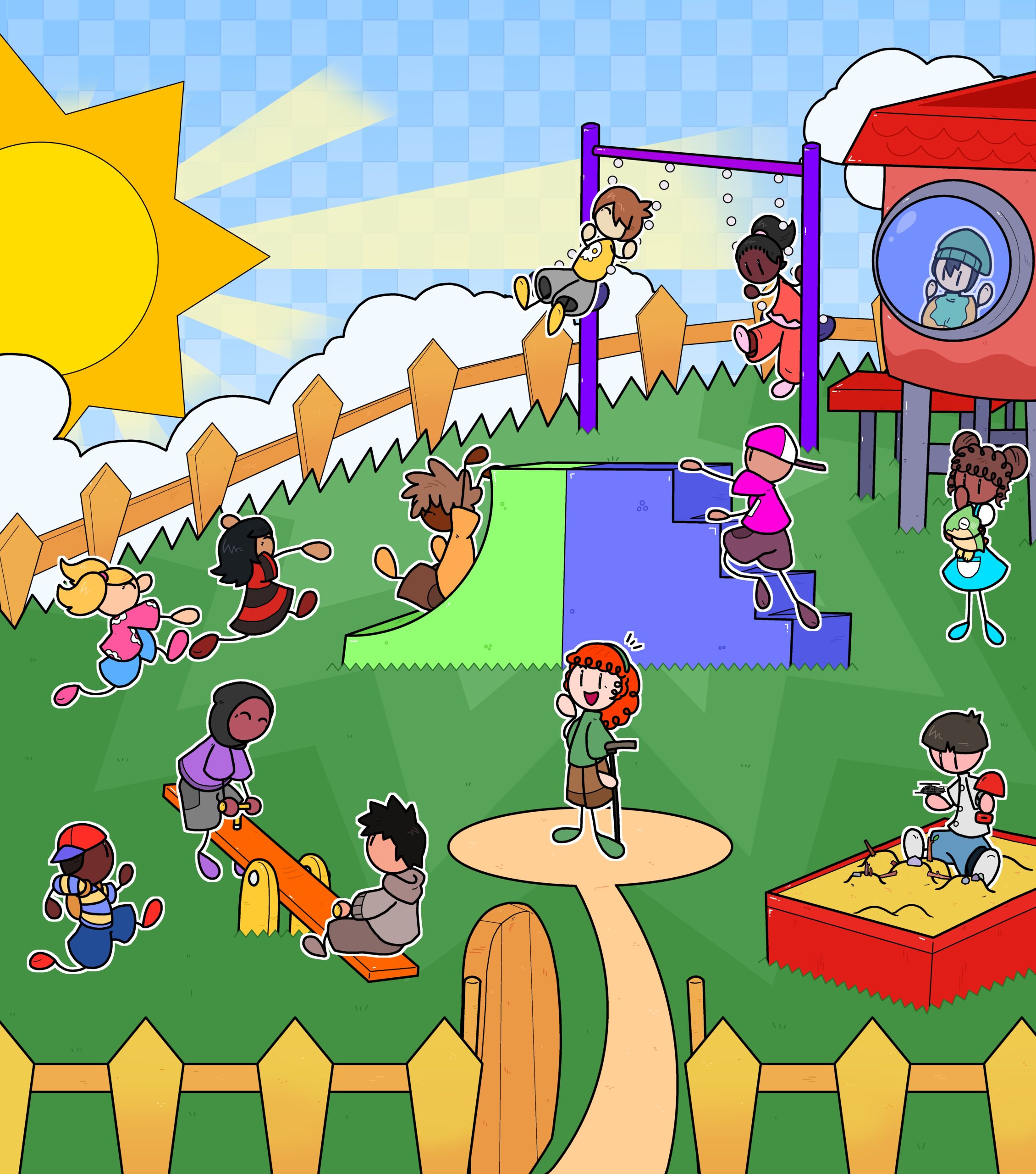Ready to put play into practice? Here’s how.
This chapter doesn’t give you a rigid lesson template. It gives you a playground—and the freedom to create a teaching plan that actually works for your students, in your context. Here’s what you’ll explore:
- 🧩 Design your own Ludic Language Pedagogy: Pull together everything you’ve learned—about games, language, literacy, pedagogy, and constraints—and design a plan that makes sense for your classroom.
- 📚 Answer big questions to guide your lesson planning:
- What do I actually have to teach?
- What do my students need and want?
- What are my constraints—and how can I play within or push against them?
- What methods, materials, and mediation support my goals?
- 📝 Use reflection tools to know your context deeply: Worksheets prompt you to map your curriculum, diagnose your students’ needs, and uncover your own teaching superpowers (and blind spots).
- 🎭 Build your lesson around SPACE: Learn to structure your plan around Safety, Participation, Agency, Criticality, and Experience—so learning is meaningful, not mechanical.
- 🔄 Remix literacy with creative freedom: Incorporate ideas from Freire, digital remix culture, civic education, and media literacy. Not just “read and write”—but revise, remix, and redistribute.
- 🛠️ Create napkin-sketch lessons: Instead of filling out bloated templates, this chapter asks you to sketch something simple, creative, and actionable—a true start small, play smart approach.
- 🧠 Borrow from real-world examples: The chapter points you back to previous chapters and real teacher walkthroughs in the LLP Journal, so you’re never stuck or isolated.
- 🗣️ Join the community: Once you’ve got a draft, you’re encouraged to share your lesson and get feedback from a supportive network of teachers who also use games and play in their teaching.
If you’re tired of one-size-fits-all lesson plans and want to design something that feels right for your students—this is your chapter. You already know the theory. Now it’s time to build your playground.
